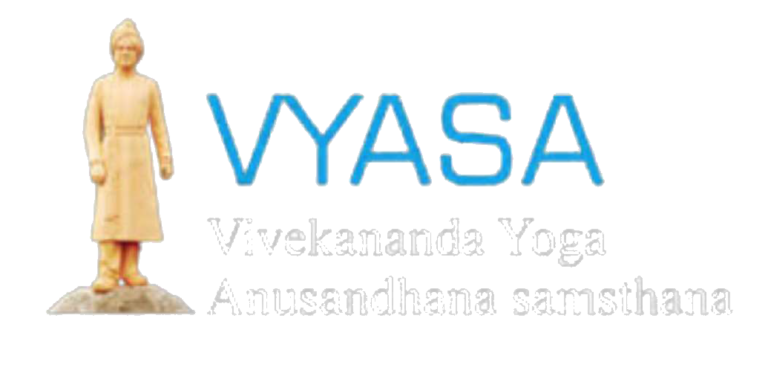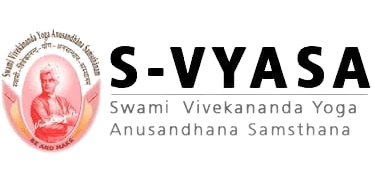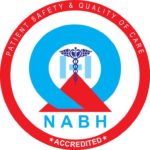Best Natural Treatment for Varicose Veins
Best Natural Treatment for Varicose Veins By Dr. Anitha | Jun 03, 2022 Varicose veins: Varicose veins are enlarged/bulged and twisted veins occur most of the time in lower limbs. Veins are actual blood vessels which carry deoxygenated blood from parts of the body to the heart for oxygenation. As these veins work against the gravitational power, prolonged standing may increase the risk of getting varicosity. Causes Prolonged standing Pregnancy Lack of physical activity Pressure inside the veins Obesity Restrictive clothing The aging process Signs & Symptoms Enlarged or bulged veins Twisted veins Swelling/ edema Aching Pain Burning sensation Itching Heavy legs Discoloration of skin High risk factors Old age Women Obesity Life style Family history Overall health Complications Blood clots Bleeding Severe aching pain Varicose Ulcers or eczema Prevention Exercise regularly Maintain a healthy weight Avoid tight clothing Avoid high heel shoes Avoid prolonged standing/sitting Types Stage – 1 Reticular veins / spider veins Stage – 2 Venous nodes or varicose veins Stage – 3 Edema of the lower leg Stage – 4 Varicose eczema or trophic ulcers Management Varicose Veins, Though Not Serious Or Harmful To The Body, If Left Untreated Can Cause Various Problematic Conditions such as Superficial Thrombophlebitis, Bleeding, Venous Eczema, Venous Pigmentation and Ulcers. Conventional management Modern medicine or Allopathy offers the following Sclerotherapy: In this procedure, your doctor injects small- and medium-sized varicose veins with a solution or foam that scars and closes those veins. Laser Treatment: Laser treatment works by sending strong bursts of light onto the vein, which makes the vein slowly fade and disappear. No incisions or needles are used. High ligation and vein stripping: This procedure involves tying off a vein before it joins a deep vein and removing the vein through incisions. Catheter-assisted procedures using radiofrequency or laser energy. Endoscopic vein surgery: You might need this operation only in an advanced case involving leg ulcers if other techniques fail. Management using Ayurveda and Yoga Yoga therapy: Regular practice of yoga asanas will definitely help in increasing the venous blood flow, when the stagnant blood is accumulated in veins. Inverted asanas like Uttita padasana, vipareeta karni, sarvangasana permits the damaged vessels to resume more normal dimensions and facilitates valvular competence. Other asanas, pranayama and relaxation techniques will help in improving overall health and reduce stress. Many research studies show significant changes in patients with varicosity with regular practice of yoga. Diet therapy: Intake of nutritious and healthy food helps in reducing the condition of varicosity and prevents the complications. Intake of potassium & magnesium rich foods: relaxes the blood vessels and reduces the blood pressure. Antioxidant- rich foods: strengthens the capillaries and protects the blood vessels from blood clotting. High fiber Diet: prevents bloating and reduces the pressure in the lower body. Eg: flax seeds, chia seeds Vit-C & Vit-E rich foods: acts as an anti-inflammatory and natural blood thinner which helps in preventing blood clots. Include almonds, banana, avocado, pistachio, nuts, green leafy vegetables, blue/black berries, potatoes, sweet potatoes, cruciferous veggies, lentils, beans etc. Must avoid fried, spicy food, milk and milk products, cheese, bread, processed meat, alcohol etc. Ayurveda: Varicose veins are primarily considered vata disorders, caused by an imbalance in vyana vayu, which creates the pressure in valves & elasticity of the veins. Vyana vayu is a one of the types of vata, which is responsible for transporting oxygenated blood from the heart and deoxygenated from the body’s cells. When there is imbalance in vyana vayu it causes excessive dryness and results in hardening the elasticity of veins & valves. The disease resembles Vata rakta and the line of treatment involves treating the pitta dosha. Ayurvedic herbs, dietary modifications, physical activity and lifestyle changes are very important to strengthen the wall of the veins and promote healthy venous circulation with some of the external treatments of Ayurveda. External treatments of Ayurveda Abhyanga – Gentle massage with ayurvedic oil application to the affected area helps in reducing the pain and swelling. It also increases blood circulation. Virechana- Purgation which is induced after 3/5/7days of snehapana (internal oleation) and Abhyanga and steam of 3 days. Basti – The rectal route of administering medicines in the form of taila and Kashaya (herbal decoction) is the best line to alleviate vata dosha. Jaloukavacharana – Bloodletting using leech therapy is also very effective to manage varicose veins. Based on our experience we see reduced recurrence or almost no recurrence for mild to moderate cases of varicose veins. It can be reversed if attended to in the initial stages. Dietary Regimen: Advised to take potassium & magnesium rich foods, such as almonds, pistachio nuts, potatoes, leafy vegetables, blueberries, lentils, white beans, avocado, bananas, cruciferous veggies and sweet potatoes, high fiber food, vitamin C & E, high antioxidant foods, which help to reduce blood pressure in the arteries and can relax blood vessels. Article By : Dr.Anitha





